Bankruptcy: What is a “Chapter 20” Bankruptcy?
You may have heard someone refer to a “Chapter 20” bankruptcy or run across it on the internet. Since the Bankruptcy Code (Title 11) only runs to 15 chapters, what on earth is a Chapter 20 bankruptcy?
“Chapter 20” is a tongue-in-cheek phrase used by bankruptcy attorneys to describe filing for bankruptcy under Chapter 7, and then immediately filing again under Chapter 13. (7 + 13 = 20—cute, right?)
Of course, if you’re facing bankruptcy, being “cute” may not be exactly what you’re looking for. However, filing for both Chapter 7 and Chapter 13 can provide more relief in extreme situations than filing for just one or the other. On the other hand, there are strict limitations on whether you can file twice in a row like this.
There is a common misconception that bankruptcy wipes away all debt. In fact, we’ve used the phrase “clean slate” in our previous blog posts covering Chapter 7 and Chapter 13 bankruptcy. In reality, there are pros and cons to both Chapter 7 and Chapter 13, and neither wipes away all forms of debt.
When you consult an experienced California bankruptcy attorney, they will assess whether a Chapter 7 or Chapter 13 bankruptcy would provide the most relief in your unique situation—and in some cases, they may recommend both. One of the most pressing questions many people have when facing bankruptcy is whether they can keep their house. Under a Chapter 7 alone, you may not be able to (but note the new increase in the California Homestead Exemption). A Chapter 13 can be a much more successful route for protecting your home, but you won’t be able to file under Chapter 13 if you have too much unsecured debt (more than $419,275).
In this example, the “Chapter 20” strategy might be an option to consider. In this case, filing under Chapter 7 will automatically stall the foreclosure process. This is called the “automatic stay” law (11 U.S.C. §362)—this halts creditors’ independent efforts to collect on their debts, even if those actions are already underway, and forces them to wait for distribution through the bankruptcy process (which may not be much for many of your creditors). As long as your home or car hasn’t already been sold or repossessed, the automatic stay temporarily protects you from foreclosure or repossession, as well as providing many other protections. There are limitations to the automatic stay, but as long as you haven’t already had a bankruptcy case dismissed in the past year, you should be protected for the duration of the bankruptcy.
One of the advantages of a Chapter 7 bankruptcy is that it is quick: within 6 months, you can discharge your unsecured debt. By immediately filing for Chapter 13, you can then keep the automatic stay in effect and continue to forestall any foreclosure proceedings. A house (or car) is secured debt: the property itself is collateral and can be sold to satisfy a default on your loan (which is what a foreclosure sale accomplishes). Secured debt cannot be discharged through a Chapter 13 bankruptcy—however, the repayment schedule could give you the opportunity to “cure the default” (to catch up on your payments and reinstate the loan). Because you cannot receive a discharge for a Chapter 13 bankruptcy if you have had a Chapter 7 discharge in the past 4 years, the strategy here is buying time: under a “no-discharge” Chapter 13, you won’t be able to eliminate more debt, but you can give yourself enough breathing room to pay off your debts without drowning under further penalties.
This is one simple example of how filing a Chapter 13 on the heels of a Chapter 7 bankruptcy could help. The same strategy can help you strip the lien from an unsecured second mortgage and in other more complex cases, for example. It is important to realize, however, that you must have compelling reasons for this strategy—beyond just not wanting to pay your debts. Remember, there is no such thing as “Chapter 20” bankruptcy under California or federal law, and it can be viewed as an abuse of the system. If the trustee or court raises a “bad faith” objection, your case could be dismissed, resulting in serious consequences.
Bankruptcy is a last resort and will set you on a long path to reestablish your credit. So if you are considering this option, it is crucial that you ensure that you get the most relief possible out of the bankruptcy proceedings. Consult the knowledgeable and experienced attorneys at Greenacre Law today to discover what options are available to you, and if bankruptcy is the best option, the optimal strategy that will benefit you and your unique situation.
For more on bankruptcy, see our previous posts “Bankruptcy: Chapter 7” and “Bankruptcy: Chapter 13.”


